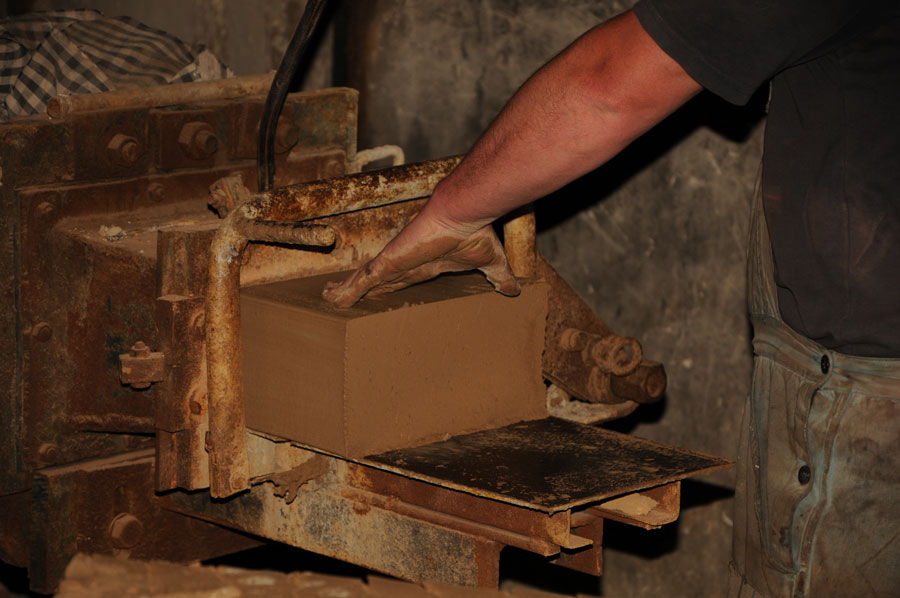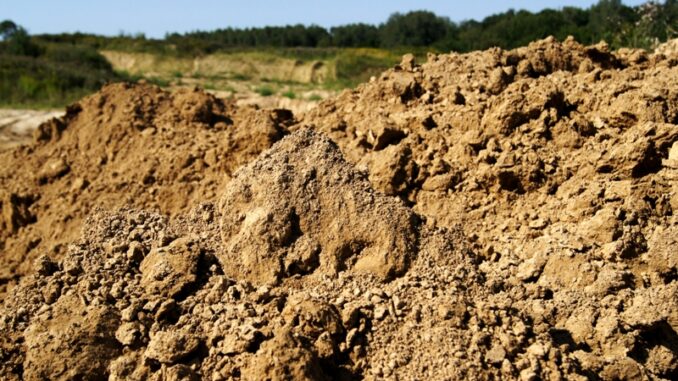
Clay and loam mainly differ in their composition and use:
Clay consists of pure clay minerals with minor impurities. These impurities only cause color changes. Clay is formed by the weathering of primary rock minerals under the influence of carbonic acid. Through the action of water, clay can bind additional hydrate water, making it malleable and further processable. Clay is often used for pottery and must be fired.
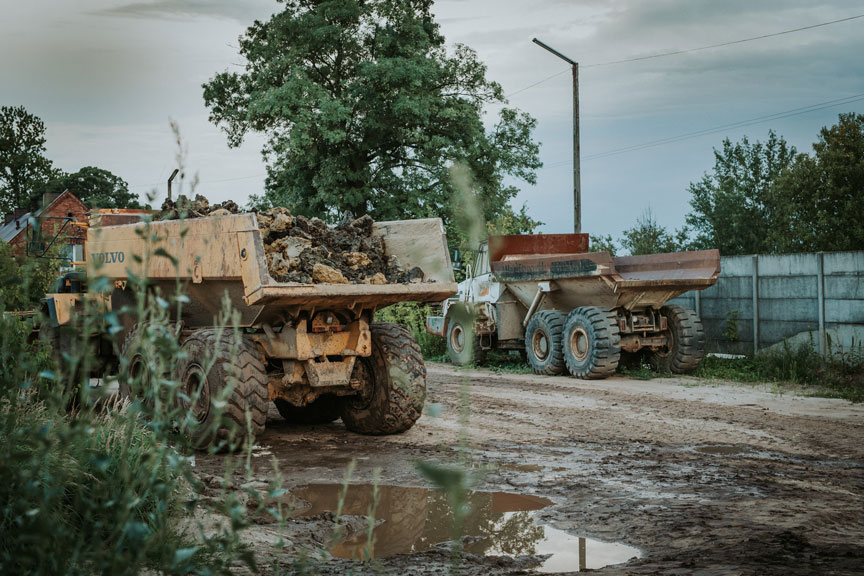
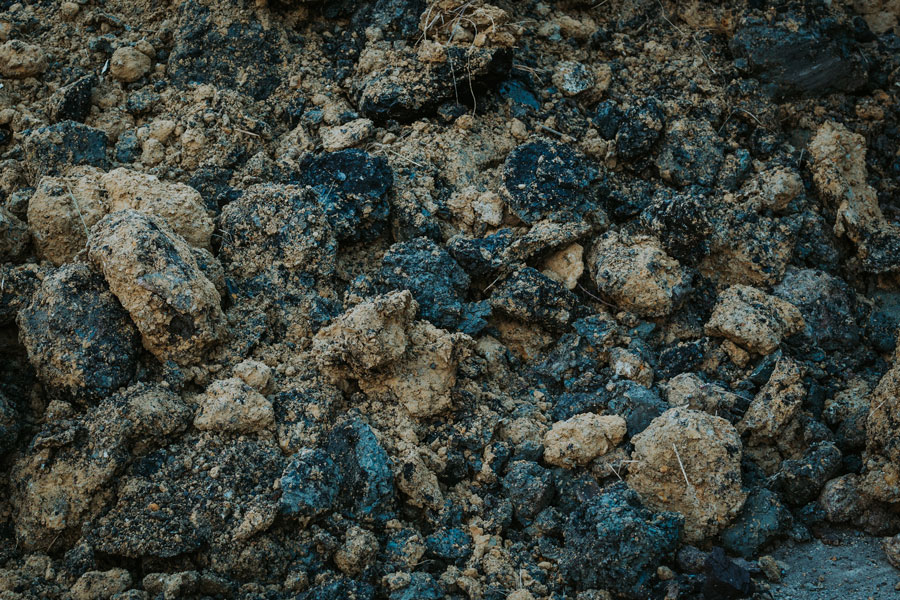
On the other hand, loam contains significantly more impurities, mostly of organic origin. These impurities also influence the properties of the product made from it. Loam is the oldest binder that has been used as plaster and masonry mortar at the same time. Loam as a building material becomes solid just by drying. Loam is not as plastic as clay; clay-rich loams are referred to as “fat”, clay-poor loams as “lean”.
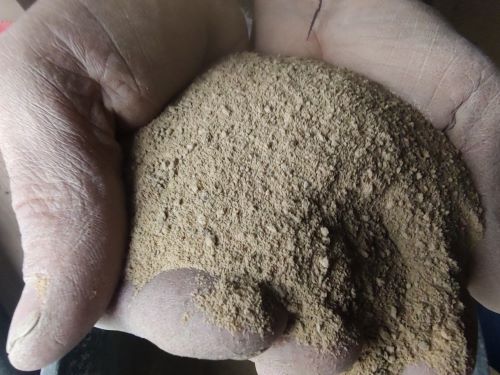
Both materials, clay and loam, are very environmentally friendly and biologically harmless. They are the most widely used building materials on earth. Clay and loam are both natural materials used in the construction and ceramics industry. They differ, however, in their composition and properties. Clay consists of pure clay minerals with minor impurities that only cause color changes. Loam, on the other hand, contains significantly more impurities, mostly of organic origin, which also influence the properties of the product made from it. Loam is a mixture of sand, silt, and clay. Clay must be fired and is therefore often used for pottery. Loam as a building material becomes solid just by drying. Loam is not as plastic and impermeable to water as pure clay, as it contains coarser components such as sand and silt. In a moist state, loam is moldable, in a dry state solid. Both materials are biologically harmless and their resources are almost inexhaustible.
